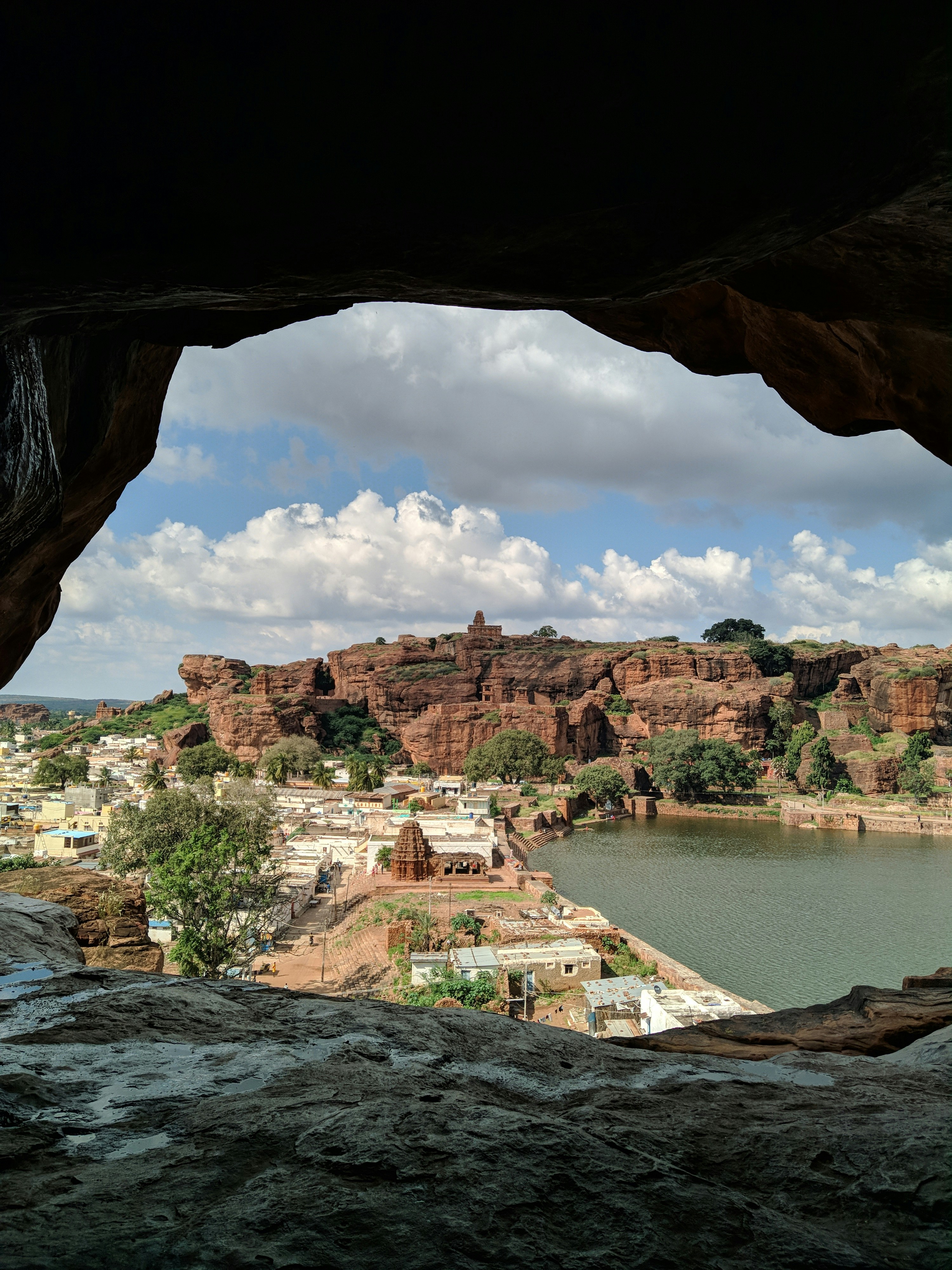Welcome to the mesmerizing world of the Ellora Caves, a UNESCO World Heritage Site nestled in the beautiful state of Maharashtra, India. These caves are not just architectural marvels but also hold immense religious and cultural significance. Let’s embark on a journey to explore the rich history, stunning rock-cut architecture, and the spiritual aura of the Ellora Caves.
A Glimpse into History
The Ellora Caves, dating back to the 6th and 10th centuries, are a testament to the artistic and cultural achievements of ancient India. Carved out of solid rock, these caves are a harmonious blend of Hindu, Buddhist, and Jain traditions. The site is a true representation of the religious tolerance and unity that prevailed during that era.
The construction of the caves spanned several centuries, with different rulers and dynasties leaving their mark on this magnificent site. The Rashtrakuta dynasty, the Chalukyas, and the Yadavas all contributed to the creation of these awe-inspiring structures.
The Architecture of Ellora Caves
One of the most striking features of the Ellora Caves is their rock-cut architecture. The caves are meticulously carved into the Charanandri Hills, resulting in a breathtaking spectacle. The architects and craftsmen of that time displayed exceptional skill and craftsmanship in creating these intricate structures.
There are a total of 34 caves at Ellora, each with its own unique charm and architectural style. The caves are divided into three main groups based on their religious affiliation: Hindu, Buddhist, and Jain.
Hindu Caves
The Hindu caves at Ellora are dedicated to various deities such as Lord Shiva, Lord Vishnu, and the Goddess Durga. These caves are adorned with magnificent sculptures depicting scenes from Hindu mythology. The most famous of these is the Kailasa Temple, a monolithic structure dedicated to Lord Shiva. The Kailasa Temple is an architectural masterpiece, carved entirely out of a single rock.
Buddhist Caves
The Buddhist caves at Ellora are a serene retreat, offering a glimpse into the life and teachings of Lord Buddha. These caves feature intricately carved statues of Buddha, Bodhisattvas, and other Buddhist deities. The most notable of these is the magnificent Cave 10, also known as the Vishvakarma Cave, which houses the famous Great Chaitya.
Jain Caves
The Jain caves at Ellora showcase the rich Jain heritage and philosophy. These caves are adorned with intricately carved statues of Jain Tirthankaras and other Jain deities. The most prominent among these is Cave 32, also known as the Indra Sabha, which houses a stunning sculpture of the Jain Tirthankara, Rishabhanatha.
The Spiritual Significance
The Ellora Caves hold immense spiritual significance for followers of Hinduism, Buddhism, and Jainism. These caves served as places of worship, meditation, and enlightenment for ancient practitioners of these religions. Even today, the caves continue to attract pilgrims and devotees from all over the world.
Visiting the Ellora Caves is a truly immersive experience, where one can feel the spiritual energy and tranquility that permeates the air. The intricate carvings, the serene atmosphere, and the divine aura make it a perfect place for introspection and spiritual contemplation.
Exploring the Ellora Caves
When visiting the Ellora Caves, it is advisable to start with the Hindu caves, followed by the Buddhist and Jain caves. This allows for a chronological journey through the rich history and evolution of these religions.
As you enter each cave, be prepared to be amazed by the intricate carvings, the grandeur of the sculptures, and the sheer magnitude of the rock-cut structures. Take your time to admire the details and immerse yourself in the stories depicted on the walls.
While exploring the caves, it is worth noting that some caves have restricted entry due to their fragile condition. It is important to respect these restrictions to ensure the preservation of these ancient treasures for future generations.
Getting There
The Ellora Caves are located approximately 30 kilometers from the city of Aurangabad in Maharashtra, India. Aurangabad is well-connected by air, rail, and road, making it easily accessible for travelers.
Once you reach Aurangabad, you can hire a taxi or take a bus to reach the Ellora Caves. The journey takes around an hour, and the scenic route adds to the overall experience.
Conclusion
The Ellora Caves are a true testament to the rich cultural and artistic heritage of ancient India. The harmonious blend of Hindu, Buddhist, and Jain traditions, coupled with the awe-inspiring rock-cut architecture, makes it a must-visit destination for history enthusiasts, art lovers, and spiritual seekers.
As you explore the caves, let yourself be transported back in time and marvel at the ingenuity and creativity of the craftsmen who carved these magnificent structures out of solid rock. The Ellora Caves are a living testament to the diversity and unity of India’s religious and cultural heritage.
So, pack your bags, embark on a journey to the Ellora Caves, and immerse yourself in the magic of this UNESCO World Heritage Site.
Enter your email to get the Latest Updated Exploring News and Topics
Discover more from atozexplore.com
Subscribe to get the latest posts sent to your email.







